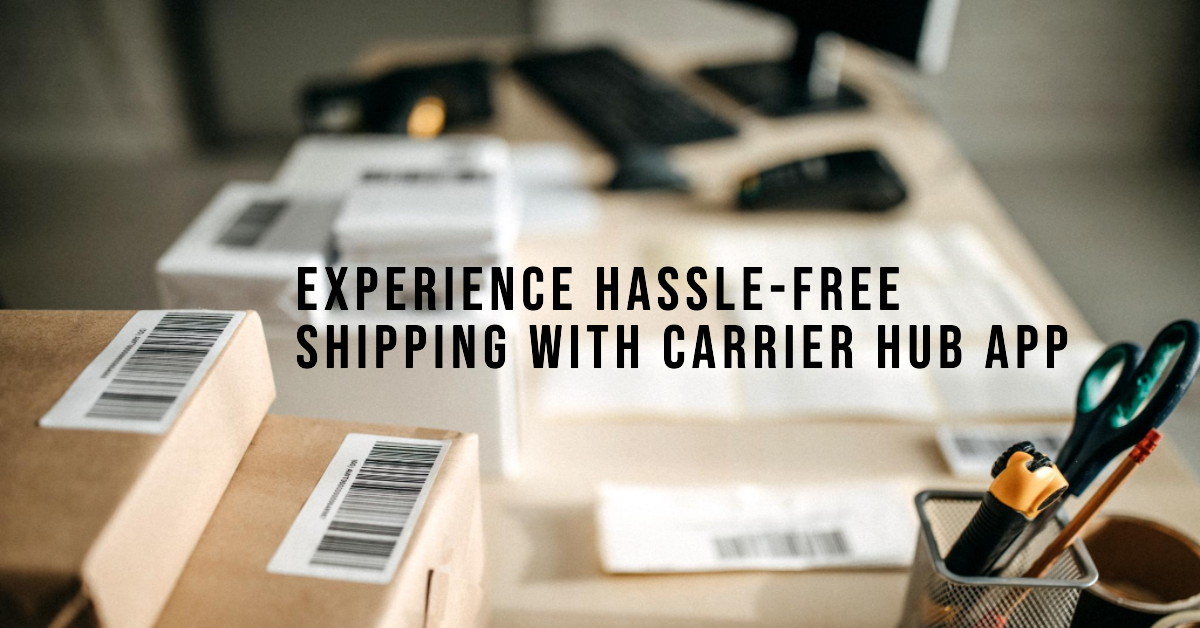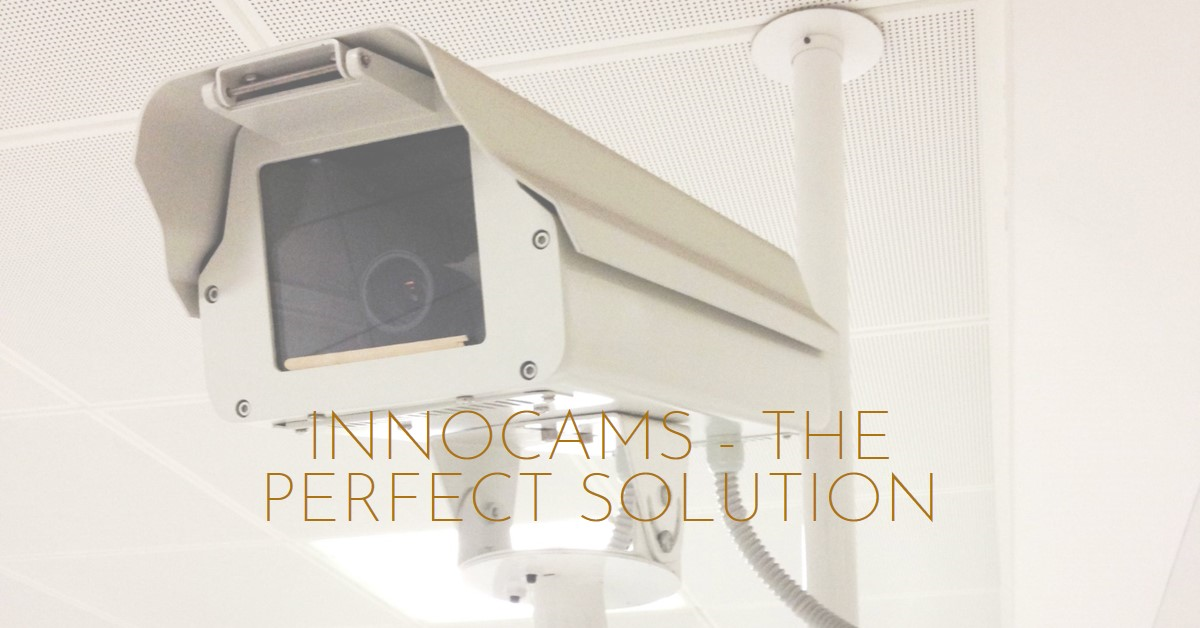Ever wonder what is carrier hub and why airports have them? They’re critical for keeping our global air travel network running smoothly, but for most passengers, they’re a mystery. As you make your way through a bustling airport on your next trip, take a closer look at those nondescript buildings sitting on the edge of the airfield. Chances are one of them is a carrier hub, coordinating the complex ballet of aircraft, luggage, and people that is commercial aviation. Carrier hubs are where airlines sort and redistribute passengers and cargo to get them to their final destinations, even if those destinations aren’t directly served by flights from your origin airport. Without it, the low fares and vast route networks we now enjoy wouldn’t be possible. Read on to get an inside look at these vital cogs in the machine that keeps us all connected.
What is a Carrier Hub?
So, what is carrier hub app? Simply put, it’s software that helps shipping carriers like FedEx, UPS and USPS manage the flow of parcels through their networks. The hub app keeps track of where each package is, where it needs to go next, and the fastest way to get it there.
Using the carrier’s hub app has some real benefits for businesses. For one, it gives you visibility into your supply chain so you know where your inventory is at any given time. You’ll also get alerts if there are any delays or exceptions so you can take action quickly. The hub app usually provides shipping and tracking data in an easy-to-understand dashboard too.
However, there are a few downsides to be aware of. The carrier’s hub app typically only works for that carrier’s shipments, so if you use multiple carriers you’ll need different apps for each one. The apps can also be complex to set up and may require training to use properly. Some charge additional fees for premium features as well.
If you do a high volume of shipping, the pros of using a carrier hub app likely outweigh the cons. The time savings and visibility the software provides can really streamline your logistics operations. But for smaller shippers, the hub app may be more hassle than it’s worth. It really depends on your specific needs and shipping volumes.
Pros and Cons of Carrier Hub
Pros of Carrier Hub App
Carrier hub app allow airlines to maximize the number of destinations they can offer with a limited number of aircraft. By routing many flights through a hub, airlines can transport people and goods between more city pairs. For you, this means potentially lower fares and more nonstop or single-connection flight options to choose from.
Hubs also mean more frequent service for many destinations, since multiple flights are combined at the hub. If your flight is delayed or canceled, there’s a better chance of finding an alternative to get you to your destination with minimal hassle.
Cons of Carrier Hub App
Of course, more flights concentrated in one location can lead to congestion, especially if the hub isn’t ideally designed to handle high traffic volume. This can translate into delays, long taxi and tarmac times, and missed connections.
Hubs also often require longer layovers since many passengers are transiting to other flights. If you’re traveling a long distance with multiple connections at hubs, your total travel time can increase significantly.
While hubs aim to streamline operations, the sheer number of passengers moving through a hub at any given time can make the experience feel chaotic and frustrating. If you have a short layover, a delay in your first flight may mean missing your connection.
What Does ‘MCM Client Requests Are Processing’ Mean?
When you see the message ‘MCM Client Requests Are Processing’ on your phone, it means that your carrier hub app is actively syncing information between your phone and your carrier’s servers. The carrier hub acts as a bridge between your mobile device and your cell phone carrier. It handles things like:
- Pushing system and security updates to your phone
- Syncing your contacts, call logs, messages and other data between your phone and the cloud
- Managing your cellular connectivity by controlling access points, network selection and data usage
The app needs to regularly connect to your carrier’s servers to function properly. The ‘MCM Client Requests Are Processing’ message simply means that the app is actively syncing data or downloading updates in the background. There’s nothing to worry about—it will go away once the syncing process is completed.
Is the Carrier Hub Necessary?
The Carrier Hub app is usually bundled by network carriers on devices they provide. It assists in improving network performance, enabling features like Voice over LTE (VoLTE), and managing certain carrier services. However, it’s not absolutely necessary for the basic functioning of your device. If you’re not utilizing specific carrier features, your device can still operate without it.
Issues Related To The Carrier Hub App
As convenient as carrier hubs can be, there are a few issues to be aware of.
Text and Call Issues
Since your texts and calls are routed through the carrier’s servers, there can be delays in receiving or sending messages. Calls may drop more frequently or sound choppy. The additional routing can also sometimes lead to texts or calls not being received at all. While rare, it’s something to keep in mind if communication seems off.
Battery Drainage
What is Carrier Hub on my phone? All that rerouting of your data and the background processes of the carrier hub can put extra strain on your phone’s battery. You may notice faster battery drain, especially when actively using the phone. It’s a good idea to keep a portable charger on hand or be extra diligent about charging when possible.
Drops In Performance
The carrier hub requires memory and processor resources to operate, which can slow down your phone’s performance. You may experience lagging, freezing, or crashing of other apps. If performance issues become frequent, try uninstalling the carrier hub app to see if the problems are resolved. You can always reinstall it later if needed.
Faster Data Depletion
With your data constantly being routed through the carrier’s servers, your monthly data limit may deplete faster. The carrier hub utilizes your data for its own use, even when your phone seems idle. Be sure to choose an adequate data plan for your needs and monitor your usage regularly to avoid surprise overage charges.
While carrier hubs offer benefits like content filters, location tracking, and app management, the issues they can introduce are important to consider based on your needs and priorities. You may find their advantages worthwhile for the trade-offs or prefer to disable the app when possible to avoid the potential downsides. The choice is ultimately up to you and how it impacts your experience.
What should we do when the Carrier hub not responding?
Uh-oh, your carrier hub app isn’t responding. Don’t panic, there are a few things you can try to get it working again.
Clearing Cache Data
First, clear the cache data of the app. The cache stores temporary data and can sometimes become corrupted, causing apps to freeze or crash. To clear the cache:
- Go to Settings > Apps & notifications
- Tap See all apps
- Tap the carrier hub
- Tap Storage
- Tap Clear cache
Force Stop The Application
If clearing the cache doesn’t work, try force-stopping the carrier hub app. This will fully close the app and restart it.
- Go to Settings > Apps & notifications
- Tap See all apps
- Tap the carrier hub
- Tap Force stop
- Tap the carrier hub again to restart it
Restart Your Device
As a last resort, you may need to restart your phone or tablet to refresh the entire operating system. Restarting will clear any software glitches that may be interfering with the carrier hub app.
To restart an Android device:
- Hold down the power button until the “Power off” option appears.
- Tap “Power off” and confirm to turn off your device.
- After 30 seconds, hold down the power button again to turn your device back on.
- Once fully restarted, open the app again. It should now be working properly.
If the app still isn’t responding after trying all these steps, you may need to uninstall and reinstall the latest version of the app. As always, make sure you have a strong Wi-Fi or mobile data connection when using the app. I hope these tips help get your carrier hub app up and running again!
Conclusion
So there you have it, the inside scoop on carrier hubs and what they mean for your travel experience. Knowing how they operate can help you navigate airport chaos, find the amenities you need during a layover, and maybe even score an upgrade to a lounge. The key is understanding that carrier hubs are designed to keep people moving efficiently, even when there are hundreds of flights coming and going at once.













